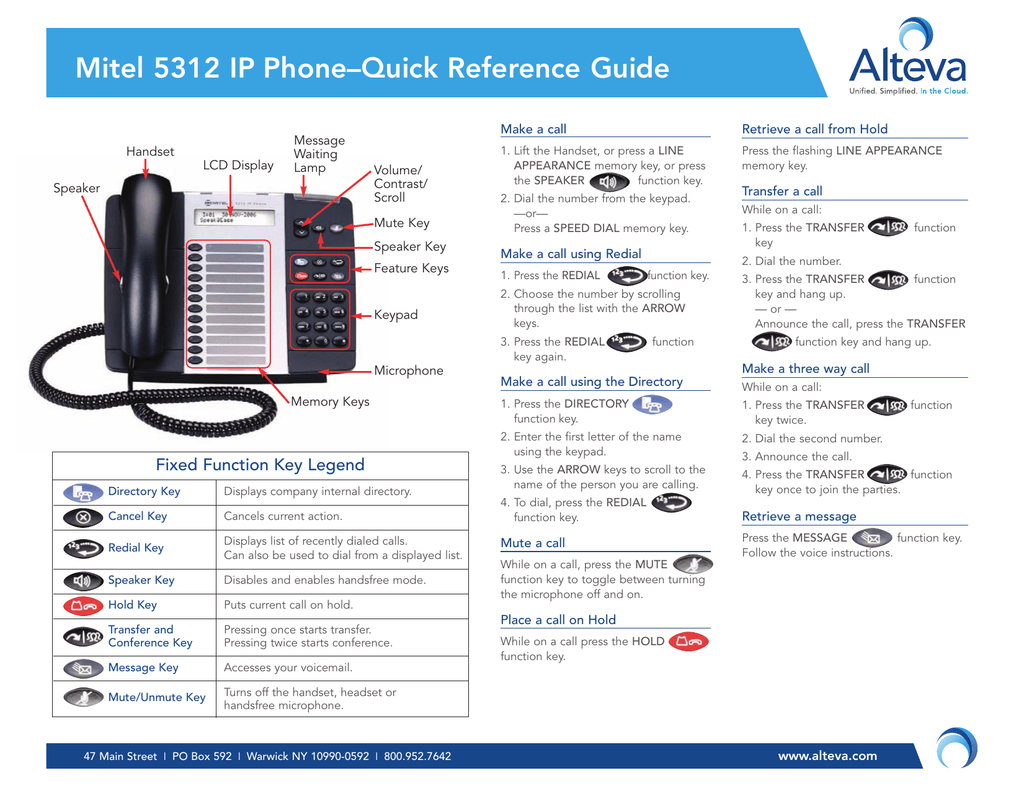
A user guide, also commonly called a technical communication document or manual, is intended to give assistance to people using a particular system.[1] It is usually written by a technical writer, although user guides are written by programmers, product or project managers, or other technical staff, particularly in smaller companies.[2]
User guides are most commonly associated with electronic goods, computer hardware and software, although they can be written for any product.[3]
Does your business have a policy and procedures manual that covers company rules and employee guidelines? If not, it is time to develop one. It is a straightforward process, and once you have a workable template in place, you will be able to make revisions and updates as your company changes and grows. Jun 26, 2015 How long does it take for me to develop trust with the people I work with? What balance of work and life do I expect my people to achieve? I submit that the benefits of writing your own user guide far outweigh the time and uncomfortable honesty it will demand. Do it once and, like a resume, you need only update it when you change jobs. Jun 26, 2015 How to Write Your Own User Manual by Jim Perkins. I had never thought of the user manual for me, but like you said, I immediately began to see the value to those who work with me. Will cut down on the learning curve that comes with learning your new coworkers. Smart concept that I will definitely be doing this weekend! Harbortouch Online User Manual. When My Locations is selected it will expand to show all merchant accounts registered your Harbortouch Online account. Selecting one will navigate to the Overview page for that location. Check off which ones you would like to include in the new Screen Category and press the Save (5) button.

Most user guides contain both a written guide and associated images. In the case of computer applications, it is usual to include screenshots of the human-machine interface(s), and hardware manuals often include clear, simplified diagrams. The language used is matched to the intended audience, with jargon kept to a minimum or explained thoroughly.
Contents of a user manual[edit]
The sections of a user manual often include:
- A cover page
- A title page and copyright page
- A preface, containing details of related documents and information on how to navigate the user guide
- A contents page
- A Purpose section. This should be an overview rather than detail the objective of the document
- An Audience section to explicitly state who is not as well as who is required to read, including optionals
- A Scope section is crucial as it also serves as a disclaimer, stating what is out-of-scope as well as what is covered
- A guide on how to use at least the main function of the system
- A troubleshooting section detailing possible errors or problems that may occur, along with how to fix them
- A FAQ (Frequently Asked Questions)
- Where to find further help, and contact details
- A glossary and, for larger documents, an index
History[edit]
User guides have been found with ancient devices. One example is the Antikythera Mechanism[4], a 2,000 year old Greek analogue computer that was found off the coast of the Greek island Antikythera in the year 1900. On the cover of this device are passages of text which describe the features and operation of the mechanism.
As the software industry was developing, the question of how to best document software programs was undecided. This was a unique problem for software developers, since users often became frustrated with current help documents[5]. Some considerations for writing a user guide that developed at this time include:
- the use of plain language[5]
What Does Your User Manual Look Like Look
- length and reading difficulty[5]
- the role of printed user guides for digital programs[6]
- user-centered design[6]
Computer software manuals and guides[edit]
User manuals and user guides for most non-trivial software applications are book-like documents with contents similar to the above list. They may be distributed either in print or electronically. Some documents have a more fluid structure with many internal links. The Google Earth User Guide[7] is an example of this format. The term guide is often applied to a document that addresses a specific aspect of a software product. Some usages are Installation Guide, Getting Started Guide, and various How to guides. An example is the Picasa Getting Started Guide.[8]
In some business software applications, where groups of users have access to only a sub-set of the application's full functionality, a user guide may be prepared for each group. An example of this approach is the Autodesk Topobase 2010 Help[9] document, which contains separate Administrator Guides, User Guides, and a Developer's Guide.
References[edit]
- ^'Online Technical Writing: User Guides'. hcexres@io.com. Retrieved 13 August 2009.
- ^Gary Blake and Robert W. Bly, The Elements of Technical Writing, pg. 143. New York: Macmillan Publishers, 1993. ISBN0020130856
- ^'Manuals Brain - all useful manuals at one place!'. manualsbrain.com. Retrieved 2017-08-15.
- ^'Boffins decipher manual for 2,000-year-old Ancient Greek computer'. Retrieved 2018-11-29.
- ^ abcChafin, Roy (January 1982). 'User Manuals: What Does the User Really Need?'. SIGDOC '82 Proceedings of the 1st annual international conference on systems documentation: 36–39 – via ACM Digital Library.
- ^ abMcKee, John (August 1986). 'Computer User Manuals in Print: Do They Have a Future?'. ACM SIGDOC Asterisk Journal of Computer Documentation. 12: 11–16 – via ACM Digital Library.
- ^'Google Earth User Guide'. Google. 4 June 2009. Retrieved 13 August 2009.
- ^'Getting Started with Picasa: Getting Started Guide'. Google. 15 June 2009. Retrieved 13 August 2009.
- ^'Autodesk Topobase 2010 Help'. Autodesk. Retrieved 13 August 2009.
- ^Manualdevices - Free User Manual 'Manualdevices - Free User Manual ', Retrieved on 01 August 2019.
